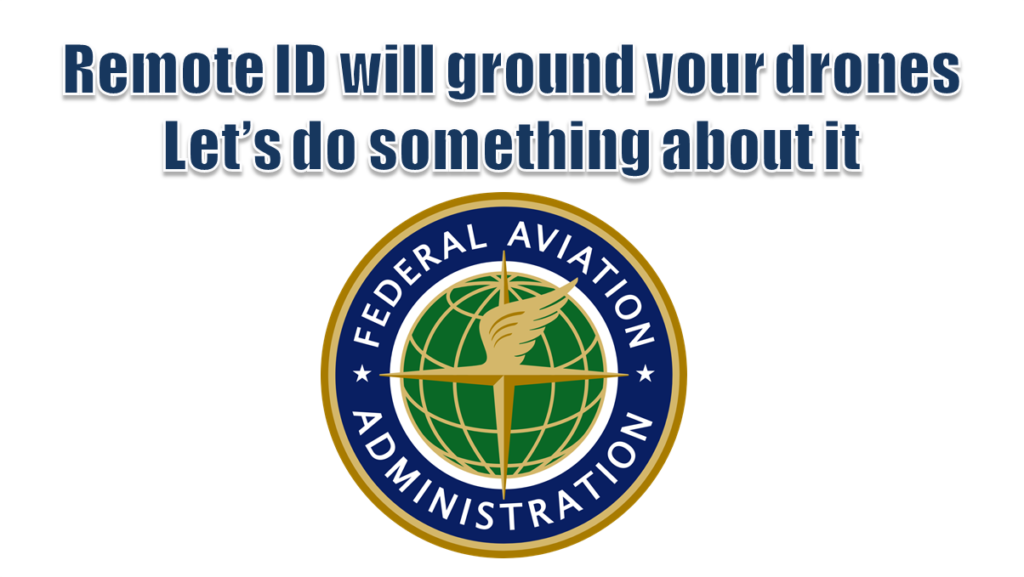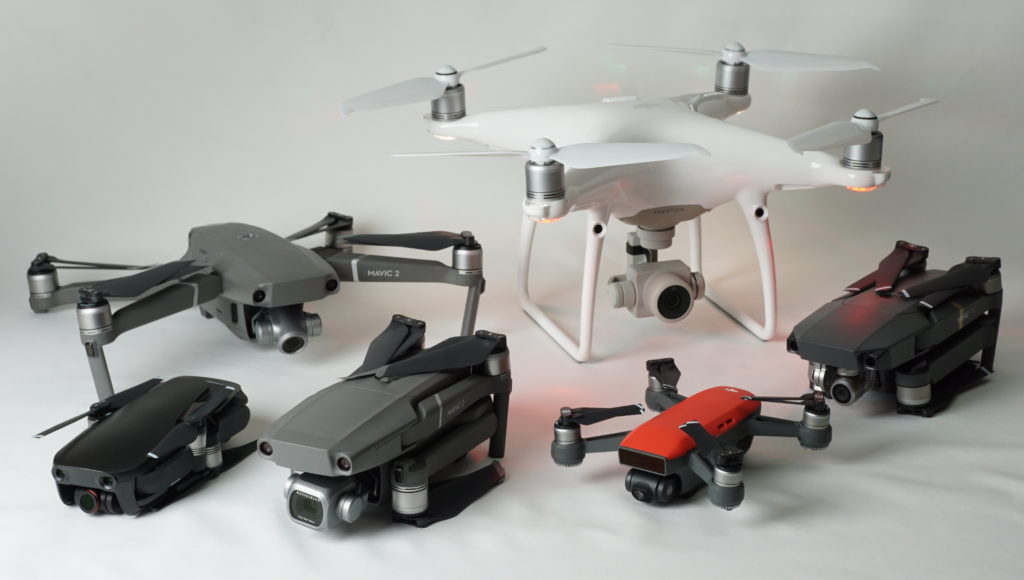The FAA is proposing a remote ID program for all drones. In short, they propose that every one of your drones must be able to transmit your drone’s location and your location at all times while you fly. Under their proposal, remote ID is not just a digital license plate, it would be a full-scale monitor of you and your drone. There are a lot of good reasons behind the proposal. It was written with two major goals in mind: to open up commercial drone traffic and to make the skies safer. Can the FAA’s proposal accomplish this? Maybe. Will you still be able to fly your drones? That depends on us.
What is the FAA Remote ID Proposal?
The Remote ID NPRN is a 319-page document that outlines what the remote ID system will look like. It also outlines the guidelines for complying and where and how you will be able to fly. We will go over the basics for you here but you can go ahead and check out the entire 319-page document if you would like by clicking here. There are three levels of Remote ID, “standard”, “limited”, and unidentified.
Standard and limited remote ID details can be hard to understand but the gist of it is that under both levels you will need an internet connection and you will need to broadcast your location as well as the drone’s location in real-time via an internet connection. Only government-approved manufacturers will be able to produce limited and standard remote ID drones.
We need your help. Leave a comment but make sure you are informed. That is why we put this together. Rotor Riot is working with UFDA to organize a civil protest on Washington, DC on Feb 28 if you can make it to help support this cause.
Standard Remote ID
Standard Remote ID means your drone is fully capable of broadcasting all of the relevant information in real-time directly to the internet. It must broadcast the UAS ID: Serial Number or Session ID, latitude and longitude, barometric pressure based altitude reading of both the aircraft and the ground station, time mark (date and time), and emergency status (when applicable). A third-party entity will be collecting this data and presumably be responsible for reporting it to the public and government. This is estimated to be a $30 yearly subscription service.
Limited Remote ID
If the drone itself cannot transmit the necessary information but the operator can from their ground station then the drone falls into the Limited Remote ID category. The operator must be able to transmit the information in real-time via an internet connection. With limited remote ID the drone must be within 400 feet of the operator at all times. For any drone to fall into the Standard or Limited category it must meet the government’s strict standards.
UAS without Remote ID
If your drone does not meet the government requirements for remote ID then you will be limited to flying in a goverment approved area. These areas called FRIAS will be determined via an application process. Once remote ID has been passed there will be a 12 month period for FRIA applications. After that NO MORE APPLICATIONS will be accepted. That means you will not be allowed to fly almost any drone that is currently on the market anywhere other than one of these government approved flying areas.
Why is this bad for the hobby?
The drones that you are currently flying will no longer be allowed to be flown. They would have to be modified to be capable of remote ID and even then it isn’t clear that they will be legal to fly. The government has strict guidelines about the manufacturing process and companies allowed to be able to create these drones, parts, and components.
Cost
The cost will be passed along to the pilots. New drones that incorporate this technology will be expensive. Retrofitting current drones may become even more expensive should that become a possibility. Also, there will be a cost associated with being able to fly since a company will be in charge of collecting this data. The FAA is estimating a $2.50 monthly fee. Where do they get this number? Who knows. This cost is only to collect the data from the drones. This won’t include the extra charges the pilot will need to incur to have internet plans on their drones and the cost associated with streaming the data.
Privacy
This proposal makes the pilot and the drone’s location available to the general public. It isn’t just law enforcement or involved parties that can access this data in real-time but anyone and everyone that wants it. Not only is this a privacy concern but it also can be one of safety for the operator and even the drone itself.
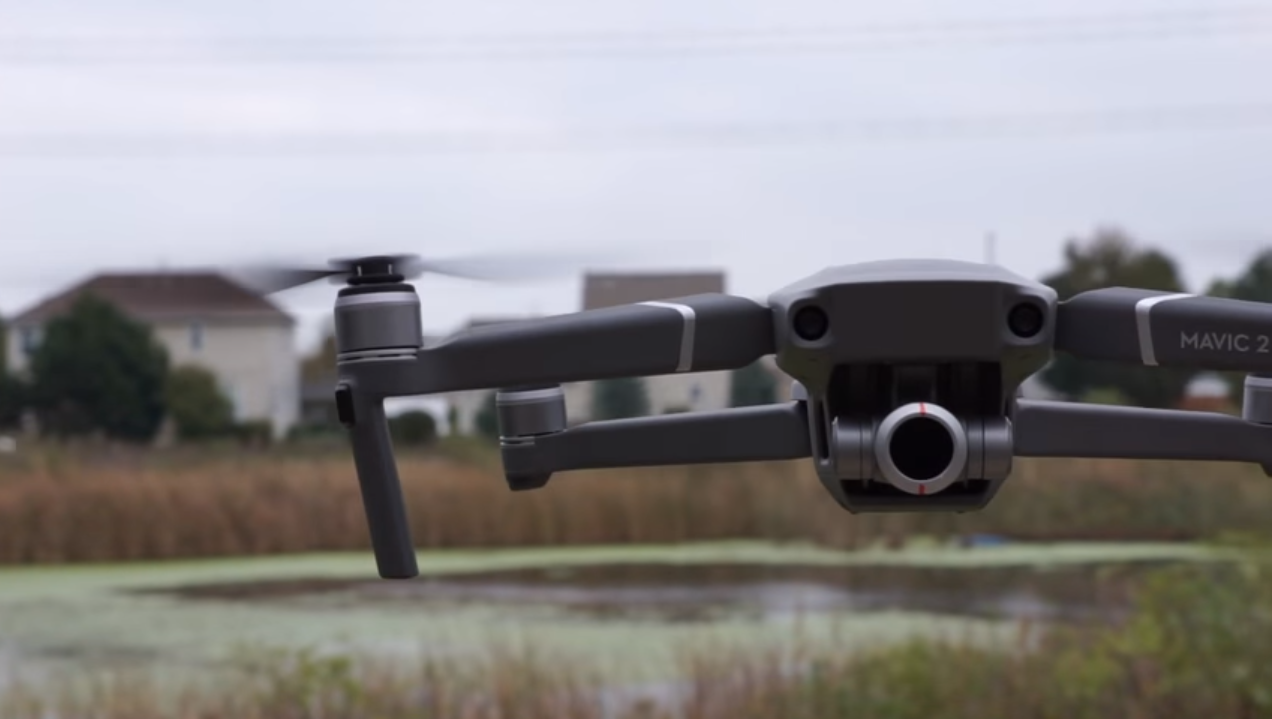
Technology
The technology to accomplish this FAA proposal has never been implemented on a large scale. There is no telling how this will affect the 1.5 million drone pilots as they try to adapt to the new system. There is no nationwide infrastructure to support it. People that live in rural areas that have do not have reliable internet service will be unable to fly. First responders wouldn’t be able to launch their drones because of the lack of internet.
Enforcement
I can already see it now – YouTube videos showing you how to remove the remote ID capability from your drone. With onerous rules comes a black market of bootleg drones and user hacks. The FAA has no capability to enforce the laws it has now and it won’t have the ability to enforce these new rules either, should they pass as law.
Alternative options
There are a lot of potential solutions that make sense as an alternative to the current proposal. As the proposal is written it will end the hobby as we know it.
ADS-B
In 2020 all pilots of airplanes have to be equipped with ADS-B. It is a system that works to alerts planes in the airspace to know of the flight path and location of other planes that potentially could fly into their airspace. The pilots are alerted and then can take any safety precautions if necessary. DJI has already started to implement systems in their drones called AirSense that work with ADS-B to keep drones away from aircraft. This seems to be an easy and logical first step.
Radio broadcast not WiFi
Using WiFi as the system to broadcast important information is an unnecessary and costly option. A better alternative already exists in using radio waves to do so. This system that has already tested and worked is called Aeroscope. Read more about Aeroscope here.
Change the Airspace
There is a proposal from Senator Lee that proposes a change in the airspace rules. His proposal allows for airspace from 0-200 feet to be awarded to the landowners. That means you could fly over your own property from 0-200 feet. This rule seems to make a ton of sense and takes some pressure away from the FRIA system the FAA has suggested. Read more about that here.
Warrantless Search
I would also assert that the government likely has no right to information about you or your drone without a warrant. We are not lawyers but we have some familiarity with similar court rulings. For example, the police can’t put a tracker on your vehicle without a warrant – it is considered a warrantless search to do so. How would tracking a drone be any different? We think it makes more sense that a government agency could determine location after the fact rather than arbitrarity monitor whoever they want.
Data Security
Your data would not be safe with a third party. Pretty much any company can be hacked and you can be sure that the government would be farming this one out to the lowest bidder – not the most secure bidder.
Hypocrisy
Until this year private airplanes – the kind that can destroy buildings – could fly totally untracked. Cars, which kill thousands a year are not tracked by GPS. Guns, swimming pools, etc. etc. are not tracked or controlled by the Federal Government, and neither should our drones. This is an overreaction to a threat that is largely unrealized. If someone wants to do harm with a drone these rules will not prevent it.
Privacy
Maybe it makes sense that in some situations law enforcement can know where the drone and operator are or were located, but it doesn’t make sense for the public at large to know. This seems like an easy and logical change to make.
Limited ID range
For those pilots that are not able to comply fully with all the requirements having a random 400-foot bubble rule seems like an odd limitation. Line of site seems to be a reasonable request instead of a random 400 rule.
You can make a difference
Don’t be discouraged by this. It isn’t a law yet and we can and need to act now. Leave a comment on the NPRM. The FAA will listen to calm and reasonable people. Be personal. Tell them how this will affect you. Give them a suggestion on what you think would be reasonable. Remote ID is coming one way or another and it doesn’t have to kill the hobby. It can make it both safer and help it grow but as the current proposal is written that isn’t the case.
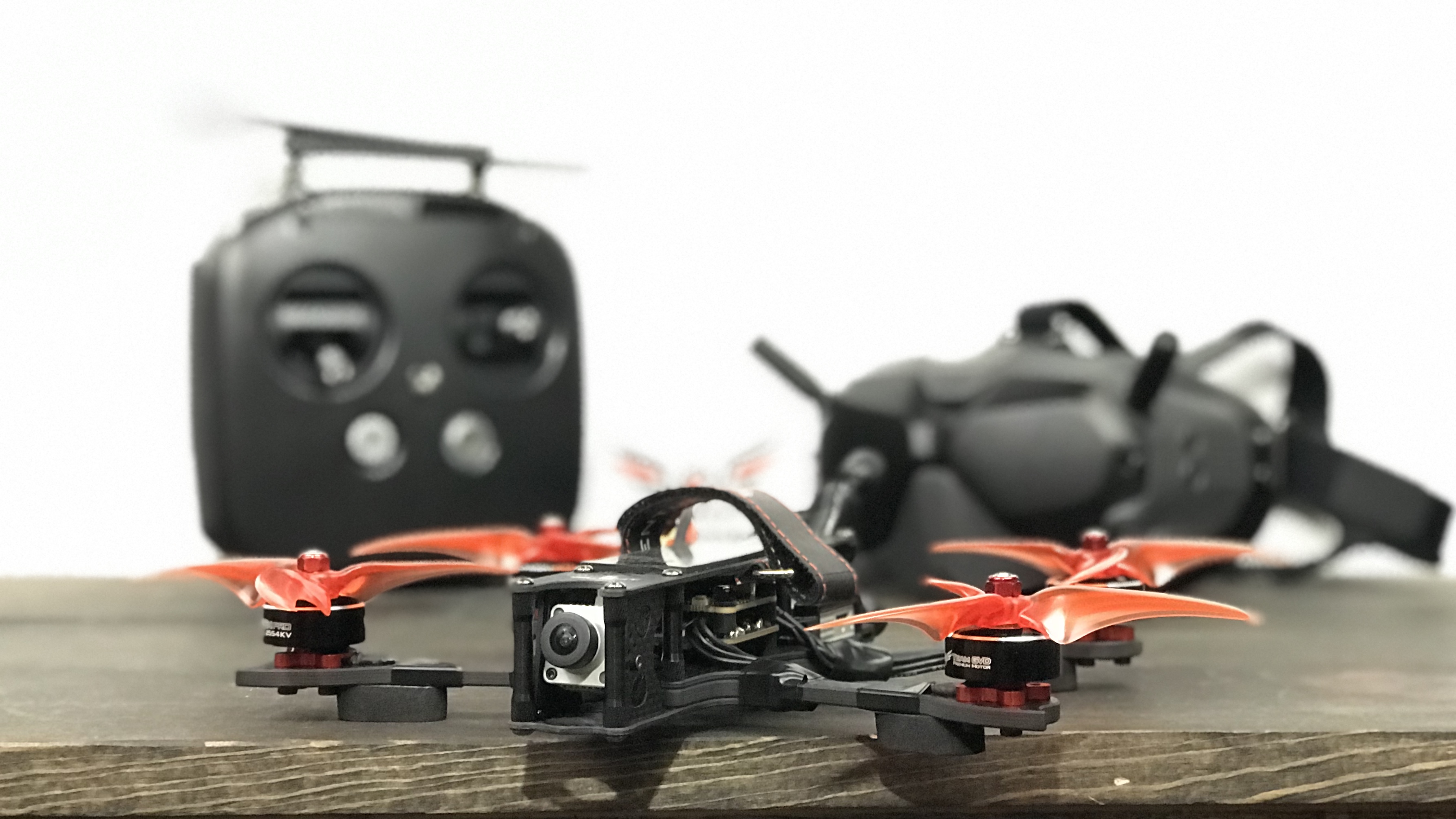
Other great references
FPV Freedom coalition remote ID guide
Thanks for visiting Half Chrome
Make sure you check out our YouTube channel so you can stay up to date with all things drone. Whether it is an aerial photography machine from DJI or a lightning-fast FPV racer we have you covered. We also use Facebook, Instagram, and Twitter to keep our readers and viewers up to date.
If you want to buy a drone we highly encourage you to use the links in the article above. By using them we’ll make a small commission but won’t cost you anything extra. It is how we are able to keep producing content for you. Check out our shop tab at the top for deals from Amazon, DJI, Banggood and more.
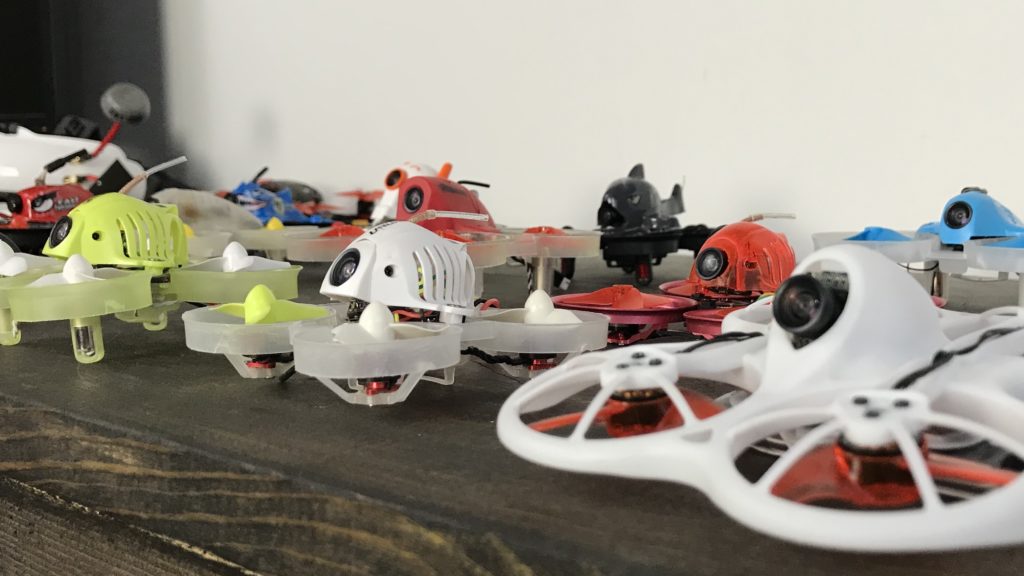
Make sure you check out some of our more popular pages like Best Drones Now, Aerial Photo Tips, Top Accessories and All Things FPV. Happy Flying.
Disclosure:
This website contains affiliate links, which means we receive a commission if you make a purchase using these links. For full details visit the disclosures and disclaimers page.

